Smile
AI Identifies World’s Poorest And You Can Send Help Through Non-Profit
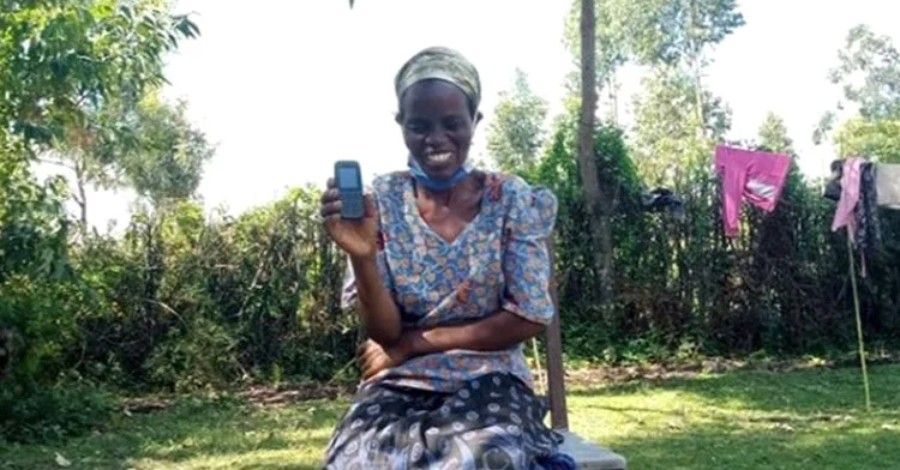
- One philanthropic organization now uses AI to identify poorest people through satellite imaging and phone data.
- Cash is sent directly to the recipient.
- GiveDirectly’s focus is to expand its reach from not just Africa but in North America, South Asia, and wherever the poorest people are in the globe.
Identifying who needs the help the most has now become easy with the use of a unique algorithm. GiveDirectly has now used artificial intelligence to pinpoint the poorest people in the world and sends them cash directly. This eliminates physical contact and helps the mission evolve with the economy.
Talk about efficiency.
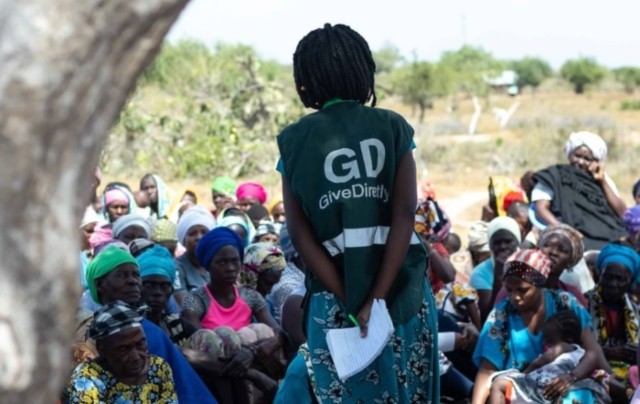
Philanthropic deeds need not pass through other non-profit organizations and assessments but goes directly to the recipient. Giving them power on how to allocate the cash that they have been provided with.
Since 2009, GiveDirectly has already donated more than $300 million to some of the world’s poorest people. A huge amount went to the impoverished people of some parts of Africa.

Here is how it works: an algorithm that uses artificial intelligence looks for poverty signs through satellite imagery and phone data. From this, the recipients are then identified.
If the recipient has no phone, then the organization provides him with one.

Take the case of Tony, an 18-year-old high school student in Kenya. He received just under $500 but he was able to buy school supplies, pay for his school fees, and even buy a bicycle to bring him back and forth to school. He used to walk as early as 4am to get to school and then walk again for home which was already late.
With the bike, he now has extra time for schoolwork and even gets to rest.
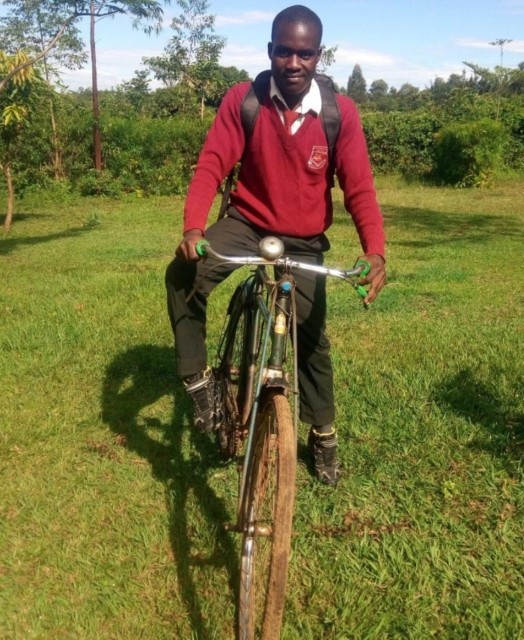
GiveDirectly has through time, given money to citizens of impoverished countries. With the pandemic’s global effect, people in the United States are also affected. The organization has created a U.S. response to help 100,000 families by raising $200 million.
While it has addressed COVID-19 concerns, its main focus is to be able to reach the world’s poorest people and plans to extend their help not just in Africa but in North America, South Asia, and wherever in the globe where help is needed.
With AI, everything is possible.
Source: Inspire More

-
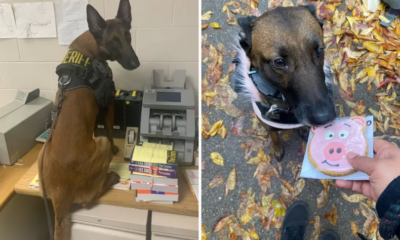
 Cute Animals6 months ago
Cute Animals6 months agoPuppy Love Patrol: Service Dog Swoons Over K9 Officer Neighbor
-

 Cute Animals9 months ago
Cute Animals9 months agoHugs, Hooves, and Happiness: Newborn Donkey Steals Hearts by Demanding Affection [Video]
-

 Cute Animals9 months ago
Cute Animals9 months agoWATCH: A German Shepherd’s Surprising Parenting Instinct for Lost Ducklings!
-

 Cute Animals11 months ago
Cute Animals11 months agoPetty Pup Pulls Off Hilarious Bone Heist [Video]
-

 Heroes8 months ago
Heroes8 months agoA Lost Dog’s Bark Leads to a Lifesaving Discovery
-
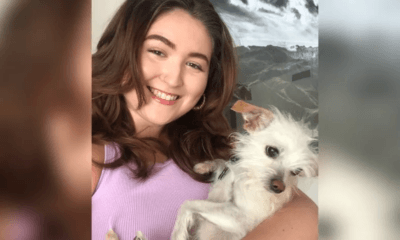
 Cute Animals9 months ago
Cute Animals9 months ago“Pure Love”: Adopted Rescue Dog Can’t Hide How Grateful He Is [Video]
-

 Cute Animals8 months ago
Cute Animals8 months agoAdorable Puppy Steals Hearts After a Tiring Swim [Video]
-

 Cute Animals9 months ago
Cute Animals9 months agoTiny but Mighty: Cat with Dwarfism Becomes Internet Star as Owners Adapt Backyard for Her Comfort